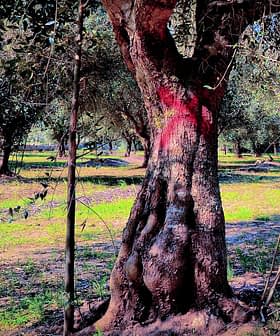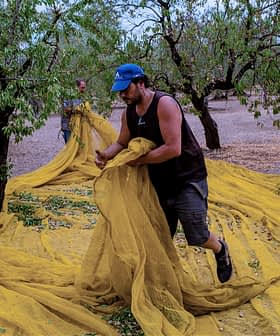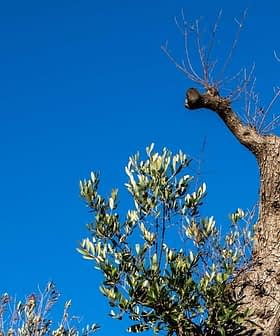The government of the Alpes-Maritimes department announced that two new cases of Xylella fastidiosa had been detected in the communes of Biot and Menton in the Provence-Alpes-Côte d’Azur region of southeastern France.
The new infections have been identified as belonging to a sub-species called multiplex, the same one detected in three other areas of the department in October 2015, specifically in Nice, Mandelieu-La-Napoule and Saint-Laurent-du-Var. This sub-species is not harmful to olive trees or grape vines. This brings the number of areas infected by Xylella fastidiosa in the Alpes-Maritimes department since October 2015 to five.
A protection zone covering a radius of 10 kilometres (6.2 miles) has been implemented around each infected area. Due to the proximity of the new infections to international borders, the French authorities have formally informed the governments of Italy and Monaco.
In Menton, situated on the French Riviera near the Franco-Italian border, the infected plant was found in the Jardin du Palais de Carnolès. The area of detection has been closed off and is undergoing treatment within a radius of 100 meters. Some of the plants destroyed include rosemary and lavender, which were immediately burned on the spot, in accordance with a government-imposed measure to limit the risk of further contamination.
In the meantime, an investigation is underway to find the source of contamination. Initial indications reveal that the infection may have originated in a consignment of polygala plants from Italy in 2011 and which may have already been contaminated before it reached the Côte d’Azur region.
As part of the measures to prevent further contamination, the government of the Alpes-Maritimes department has banned the sale of ten plant species, which include spartium (spartium junceum l), rosemary (romarin rosmarinus), polygala myrtifolia, sweet scented geranium (pelaronium graveolens), myrtle (myrtus communis), lavender (lavendula dentata), hebe (hebe speciosa), genista ephedroides, cytisus (cytisus racemosus), and sycamore maple (acer pseudoplatanus).








